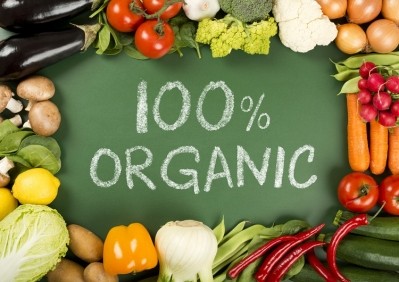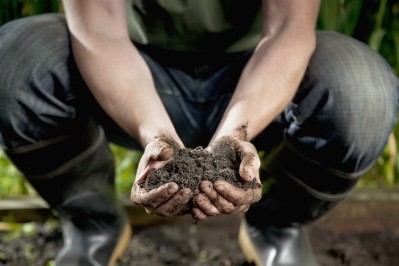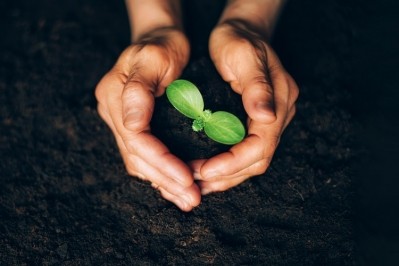Under threat: how rising soil mercury levels risk food security
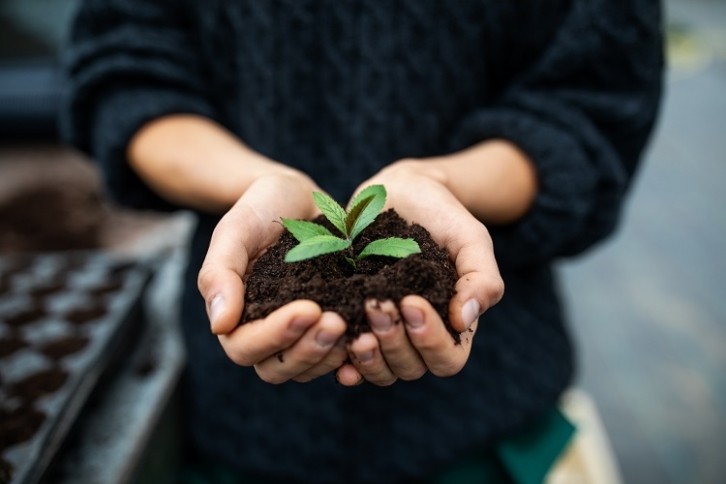
It’s not an exaggeration to say climate change is having a major impact on all areas of human existence. One of the biggest, and most concerning, being food security. Changing weather patterns are affecting the success of crops across the globe. In particular, the increase in extreme weather events, including both flooding and drought, has resulted in damage to, or in some cases the complete loss of, essential crops.
In fact, FoodNavigator has reported on a whole range of ingredients, impacted by severe weather events, including olive oil, peanuts, sugar and butter. And it appears the situation is just getting worse, with researchers finding soil holds far more mercury than previously estimated, and the increase appears to be another result of climate change. But why are rising mercury levels in soil a threat to crops and, by extension, food security?
Why are high mercury levels in soil a threat to food security?
High levels of mercury in soil could have a hugely damaging effect on crop growth, with the National Library of Medicine saying, “mercury contamination in the soil can suppress crops growth and kill plants.”
And perhaps more worrying is the fact mercury contamination, from the consumption of foods grown in mercury-polluted soils, could already be impacting human health.
“Exposure to mercury – even small amounts – may cause serious health problems and is a threat to the development of the child in utero and early in life,” said a spokesperson for the World Health Organization. “It may have toxic effects on the nervous, digestive and immune systems, and on lungs, kidneys, skin and eyes.”
How is climate change impacting mercury levels in soil?
A study, published in ACS’ Environmental Science & Technology, estimates soil stores substantially more mercury than previously thought, and it predicts increases in plant growth due to climate change may be a contributing factor.
Mercury is a persistent environmental pollutant, moving through air, water, and soil, and accumulating within plants and animals. And while metals, such as mercury, move through these other elements naturally, it appears that human activity has altered this cycle. How? Well, according to the researchers, human-caused climate change increases carbon dioxide levels, promoting vegetation growth and most likely depositing more mercury in the soil when the vegetation decomposes.
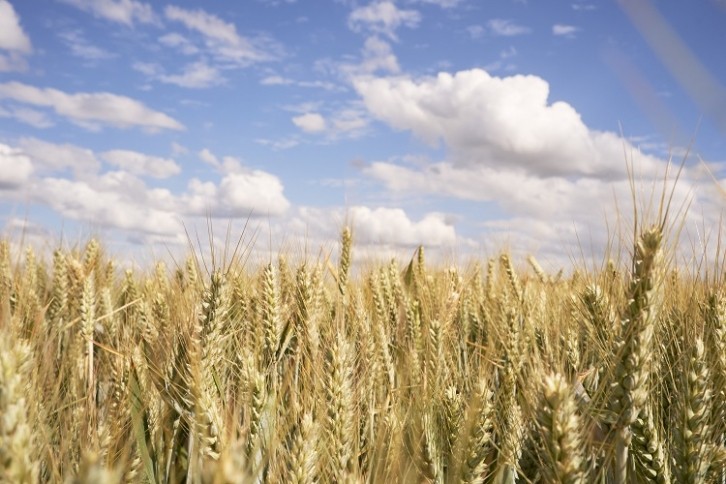
Previous studies on soil mercury levels have primarily focused on small, regional scales. However, this new study, led by Xuejun Wang, Maodian Liu, and their colleagues, aimed to develop a more accurate, worldwide model of soil mercury levels that could take into account the effects of a continuously warming climate.
They did this by compiling nearly 19,000 previously published soil mercury measurements, producing one of the largest databases of its kind. The dataset was then fed into a machine learning algorithm to estimate the global distribution of mercury in both topsoil and subsoil.
The team found the total amount of mercury stored in the first 40 inches (around 1 meter) of soil is approximately 4.7 million tons. This value is double what some previous estimates concluded, though some of those studies accounted for a shallower depth of soil.
The researchers' model identified the highest levels of mercury in plant-dense areas such as low latitudes of the tropics, but also in permafrost and areas with high human density. Conversely, bare land such as shrubland or grassland had relatively low levels of soil mercury.
The team also predicts that as temperatures increase around the globe, vegetation growth will be promoted which would further increase mercury levels in soil. Furthermore, the predicted elevation in mercury levels would outweigh the reduction efforts proposed by current worldwide control schemes. The research team concluded that this work emphasises the need for stricter, long-term control of mercury and carbon dioxide emissions.

Can mercury levels in soil be reduced?
Like other heavy metals, mercury does not degrade in ecosystems, and therefore remediation can only be achieved through removal or immobilisation processes. But while these processes are possible, and have been put into operation by environment agencies across the globe, this new study suggests that much more must be done to remove mercury from soil, in order to ensure successful crops and reduce the risk to public health.
Source: Warming-Induced Vegetation Greening May Aggravate Soil Mercury Levels Worldwide
Published online: 14 August 2024
DOI: 10.1021/acs.est.4c01923
Authors: Wenzhe Guo, Maodian Liu, Qianru Zhang, Yidan Deng et al.
